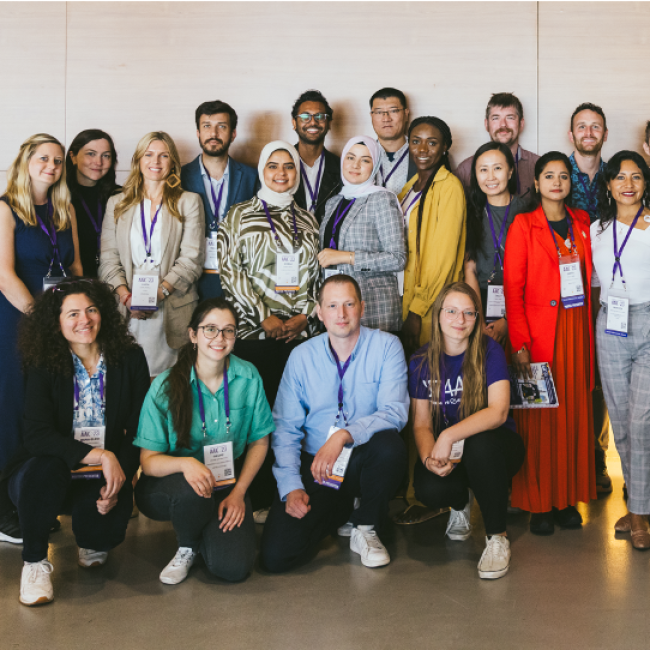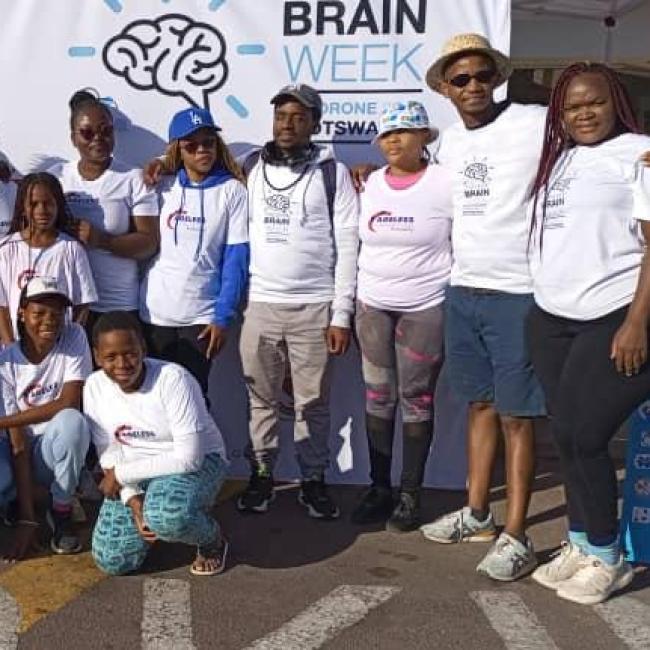Brain Networks and Adolescent Alcohol Use
JAMA Psychiatry. 2023 Nov 1;80(11):1131-1141. doi: 10.1001/jamapsychiatry.2023.2949.
ABSTRACT
IMPORTANCE: Alcohol misuse in adolescence is a leading cause of disability and mortality in youth and is associated with higher risk for alcohol use disorder. Brain mechanisms underlying risk of alcohol misuse may inform prevention and intervention efforts.
OBJECTIVE: To identify neuromarkers of alcohol misuse using a data-driven approach, with specific consideration of neurodevelopmental sex differences.
DESIGN, SETTING, AND PARTICIPANTS: Longitudinal multisite functional magnetic resonance imaging (fMRI) data collected at ages 14 and 19 years were used to assess whole-brain patterns of functional organization associated with current and future alcohol use risk as measured by the Alcohol Use Disorder Identification Test (AUDIT). Primary data were collected by the IMAGEN consortium, a European multisite study of adolescent neurodevelopment. Model generalizability was further tested using data acquired in a single-site study of college alcohol consumption conducted in the US. The primary sample was a developmental cohort of 1359 adolescents with neuroimaging, phenotyping, and alcohol use data. Model generalizability was further assessed in a separate cohort of 114 individuals.
MAIN OUTCOMES AND MEASURES: Brain-behavior model accuracy, as defined by the correspondence between model-predicted and actual AUDIT scores in held-out testing data, Bonferroni corrected across the number of models run at each time point, 2-tailed α < .008, as determined via permutation testing.
RESULTS: Among 1359 individuals in the study, the mean (SD) age was 14.42 (0.40) years, and 729 individuals (54%) were female. The data-driven, whole-brain connectivity approach identified networks associated with vulnerability for future and current AUDIT-defined alcohol use risk (primary outcome, as specified above, future: ρ, 0.22; P < .001 and present: ρ, 0.27; P < .001). Results further indicated sex divergence in the accuracies of brain-behavior models, such that female-only models consistently outperformed male-only models. Specifically, female-only models identified networks conferring vulnerability for future and current severity using data acquired during both reward and inhibitory fMRI tasks. In contrast, male-only models were successful in accurately identifying networks using data acquired during the inhibitory control-but not reward-task, indicating domain specificity of alcohol use risk networks in male adolescents only.
CONCLUSIONS AND RELEVANCE: These data suggest that interventions focusing on inhibitory control processes may be effective in combating alcohol use risk in male adolescents but that both inhibitory and reward-related processes are likely of relevance to alcohol use behaviors in female adolescents. They further identify novel networks of alcohol use risk in youth, which may be used to identify adolescents who are at risk and inform intervention efforts.
PMID:37647053 | PMC:PMC10469292 | DOI:10.1001/jamapsychiatry.2023.2949





